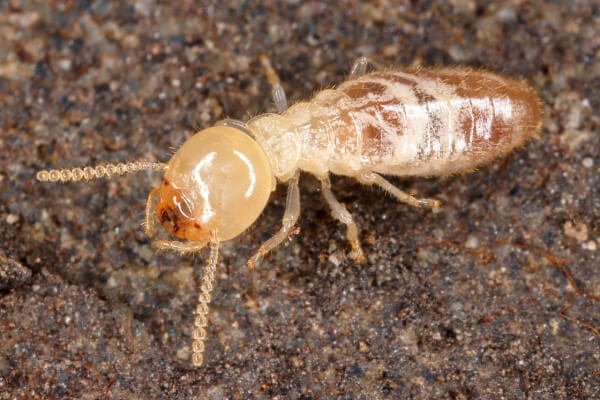
Preventing Termites in Your Home: Tips and Tricks for Homeowners
Discovering a termite infestation in your home is something that you most likely want to avoid at all costs.
Unlike some other types of pests, termites aren’t attracted to a messy home with food that’s been left out or trash that hasn’t been taken out. Termites only want one thing, and that’s wood. Your home could attract termites simply because it’s made out of wood.
But don’t worry– there are a few things you can do to make your home unattractive to termites.
Taking notice of these strategies could potentially save you thousands of dollars, since termites can potentially cause severe structural damage within your home.
What are termites most attracted to?
In the United States, you can find a few different species of termite. Subterranean termites live underground, building tunnels up into food sources like structural timbers. Drywood termites live within the structural timbers themselves.
Termites eat wood, so obviously having a home with a wooden structure can be a tempting enough environment for a hungry termite colony.
However, they also need moisture to survive. This means that you should take note of any unnecessary sources of moisture within your home.
A leaking faucet or air conditioner could make a spot much more appealing to a termite (and other creatures, too!)
Any sources of wood near your home can also serve as a welcoming beacon for termites. This might include stacks of firewood, tree stumps, or lumber for construction.
You should keep these a good distance away from your home, making it more difficult for termites to find their way in.
How can I prevent termites from infesting my home?
Subterranean termites are most likely to come into contact with a house at the foundation. If the wooden foundation directly contacts the soil, that provides an easy point of entry for subterranean termites.
If at all possible, you should ensure that any wood in your home doesn’t come in direct contact with soil. That includes wooden siding on the home– siding should start about 6 inches above the ground.
Shrubbery that comes into contact with your home can also provide easy access to termites. Try to ensure that there’s a minimum of 12 inches between shrubs and your home.
This will make it more difficult for termites and other pests to enter your home– plus, keeping plants away from your home will make it easier to monitor the exterior for any signs of termite damage.
For new construction, it’s often recommended to apply a termite pre-treatment to all structural lumber. This treatment coats the lumber with a substance that prevents termites from burrowing into the wood.
Applying a chemical termite barrier around the exterior of the home can also prevent termites from having access to the wood within your home.
What should I do if I have a termite infestation?
While you’ll most likely find a few DIY termite treatments online, they mostly consist of essential oils and other substances that can only work on a very surface level.
The nature of termites is that they burrow deep within the structure of your home– in places that you cannot access.
If you notice evidence of a termite infestation, the most important thing to do is call a pest control professional immediately. At Hopper Environmental Services, we’re experts at eradicating termites from your home. Calling as soon as possible minimizes the amount of structural damage that the insects are able to cause, so don’t put it off! We’re here to help.
